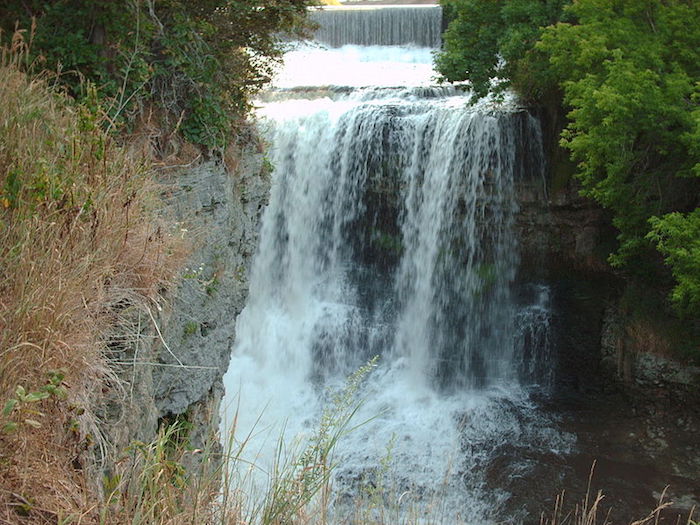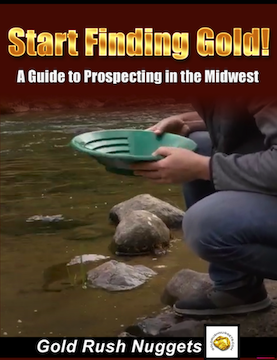
There is scattered placer gold throughout Minnesota, similar to nearby states like Michigan and Illinois.
Since deposits of glacial gold are usually too small to be profitable to the commercial mining companies, there are plenty of opportunities for the individual prospector to pan for gold. Minnesota has some clubs for the hobbyist that you may find worthwhile to check out.
A few lode deposits started some small gold rushes in Minnesota, but the ore is low grade, and the endeavors were abandoned. More recent discoveries of lode gold has sparked the interest of commercial mining companies, and newer, more sophisticated methods of recovery have made it more profitable.
Also Read: How to Sell Gold Nuggets that you Find
Small Gold Rushes in Minnesota
Placer gold finds in Minnesota have been reported since the mid 1800s, with the first verified report being near Oronoco, Minnesota at the Zumbro River. But once again, interest waned when it was realized that the concentrations of gold just did not warrant serious commercial effort.
The area around Lake Vermilion saw a minor gold rush in 1865. The town of Winston City was founded after gold was found in the ore samples, but once again, the amount of gold just did not make it profitable to mine the area and miners lost interest in gold when large amounts of iron were found. That having been said, the hobbyist should check out the areas around Soudan, Trout Lake, Ely and Lake Vermilion in the northern part of the state.
A few mines opened up in the summer of 1894 at Rainy Lake near the border with Canada, near what is today International Falls. Yet again, the profitability just wasn’t there. Iron has been worth way more to the state of Minnesota than gold, and it is one of the best iron producers worldwide. However new discoveries of gold, along with copper, nickel and platinum show some potential to be profitable with new methods of mining.
Prospecting in Minnesota Today
The hobbyist should not expect to make their fortune in Minnesota, but there is gold to be found in the streams and rivers with some careful and persistant panning.
Time is best spent in the general area of these early gold rushes. While they may have never been profitable mining sites, they are still good areas to try panning or sluicing. Read the water and pick a good place to start digging.
Anyone who is also interested in rockhounding will find some gorgeous jaspers in Minnesota, along with the Lake Superior Agate, which is the state’s gemstone.
Next: How to Pick the Right Gold Pan

